A clamp meter is an electrical testing tool for measuring current. It is also known as an ammeter or an AC current meter. Electricians commonly use clamp meters to measure currents in various electrical circuits. The jaws of a clamp meter open and close around an electrical conductor, such as a wire or cable. The clamp meter's jaws are used to measure the current passing through the conductor.
Clamp meters are classified into two types: analog and digital. Analog clamp meters display readings with a needle and dial, whereas digital clamp meters display readings with a digital display. Because digital clamp meters are more precise than analog clamp meters, they are used in the majority of applications today.
- How does it work?
- Why use a clamp meter?
- What are the features of a clamp meter?
- How do I choose a clamp meter?
- How do I use a clamp meter?
- Step by Step guide for using clamp meter:
- How can clamp meter be used to measure current?
- Frequently Asked Questions:
- Conclusion:
How does it work?
A clamp meter is essential equipment for any electrician or engineer because it allows them to measure the current flowing through a conductor quickly and conveniently without first disconnecting it. But how does a clamp meter actually work?
A clamp meter consists of two jaws that open and shut around the conductor being measured, displaying the current flowing through the jaws on a digital display. The size of the jaws needed is dictated by the size of the conductor being measured; thinner diameter wires, for example, will require smaller jaws.
A clamp meter has the advantage of being able to be used on live wires because it does not require a direct connection to the conductor. As a result, they are suitable for measuring in challenging or hazardous conditions, such as when working on high-voltage electrical equipment.
Simply open the jaws and place them around the conductor to be measured, ensuring that it passes through the center of the jaws. Close the jaws and read the reading on the digital display once in position. It really is that easy!

Why use a clamp meter?
A clamp meter is a type of electrical test meter that can measure current without making direct contact with the wire. This is useful in situations where normal probes would be difficult or unsafe to place on a live line, such as in an electrical panel. Clamp meters can also be used to measure AC or DC current, and some models can measure both at the same time.
A clamp meter may be required for a variety of reasons. When troubleshooting an electrical circuit, for example, you can use a clamp meter to quickly check for voltage loss or current draw without disconnecting any wires.Clamp meters can also be used to confirm that an appliance or piece of equipment is drawing the correct amount of current.
A clamp meter is an essential piece of test equipment if you work with electrical circuits on a regular basis. It can assist you in working securely and efficiently, as well as making troubleshooting much easier. Choose a model that is well-suited to your needs in order to get the most out of it.
What are the features of a clamp meter?
The features of a clamp meter vary depending on the model, but can include:
- AC current measurement
- DC current measurement
- AC/DC voltage measurement
- Resistance measurement
- Continuity testing
- Capacitance measurement
How do I choose a clamp meter?
When choosing a clamp meter, you should consider the following factors:
- Accuracy
- Range
- Display
- Jaw size
- Data hold
- Auto power off
- Low battery indicator
How do I use a clamp meter?
Always read the user manual before using a clamp meter to learn about its features and how to keep yourself safe.
Step by Step guide for using clamp meter:
If you work with electrical circuits, you'll almost certainly need to utilize a clamp meter at some point. Clamp meters are specialized equipment that allow you to measure current flow in a circuit without disconnecting or otherwise modifying the circuit. While they may appear difficult, clamp meters are actually extremely simple to use once you understand the fundamentals. Here's a step-by-step tutorial for using a clamp meter:
- Open up the jaws of the clamp meter and position them around one of the wires in the circuit. Make sure that the jaws are positioned tightly around the wire, as this will ensure an accurate reading.
- Once the jaws are in place, you can close them and take your measurement. The reading on the clamp meter's display will tell you how much current is flowing through the wire.
- Finally, once you've taken your measurement, be sure to open up the jaws of the clamp meter and remove it from the circuit before turning the power back on.
Using a clamp meter is a quick and easy way to measure current flow in an electrical circuit. With this guide, you'll be able to use one like a pro in no time!

How can clamp meter be used to measure current?
A clamp meter is an electrical testing tool that measures the current in a wire without making physical contact with it. This is accomplished by wrapping the meter around the wire and measuring the current without coming into touch with it. Clamp meters are frequently utilized in electrical engineering and maintenance applications.
- First, ensure that the jaws of the clamp are fully closed around the conductor.
- Next, turn on the power to the circuit and set the meter to read amperes.
- Finally, take a reading from the display.
When taking a reading, keep in mind that the jaws must be completely closed around the conductor in order to get an accurate result. The reading will be inaccurate if there is any space between the jaws and the conductor.
Clamp meters are a crucial tool for electricians and other electrical workers. They offer a safe and simple method of measuring current without coming into contact with a live wire.
Frequently Asked Questions:
What are the basic parts of a clamp meter?
- Meter body
- Display
- Clamp jaws
- Current transformer
A clamp meter is a type of electrical tester used to measure alternating current current. It consists of a meter body with a display, clamp jaws, and Current transformer.
The clamp jaws secure the meter to an electrical conductor, such as a wire or cable. The current transformer detects the current passing through the conductor and generates a signal, which is shown on the meter body.
Which is better clamp meter or multimeter?
When it comes to measuring electrical current, there are two main types of devices that you can use:
clamp meters and multimeters. So, which is the better option?
Clamp meters are specifically designed for measuring current. They function by clamping around a conductor, such as a wire, and measuring the current flow through that conductor. Because you don't have to make direct contact with the conductor to measure the current, they're very simple to use and relatively safe. Multimeters, on the other hand, are more versatile instruments that can measure a wide range of electrical properties such as voltage, resistance, and capacitance. While they can measure current, they are not as precise or as simple to use as clamp meters.
So, which is the better option? If you need to measure electrical current, then a clamp meter is the better choice. However, if you need to measure other electrical properties, or if you need a more versatile device, then a multimeter is the better option.

Conclusion:
A clamp meter is an electrical testing tool used to measure current. To measure the current flowing through a conductor, it has two jaws that open and close around it. Electricians and other professionals who work with electrical systems frequently use clamp meters.
Clamp meters are frequently used by electricians and other professionals who work with electrical systems. A camp meter can detect either alternating current (AC) or direct current (DC) (DC). Most clamp meters can also measure voltage, resistance, and continuity. Digital multimeters (DMMs) are included in some models for more complex measurements.

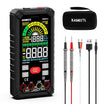
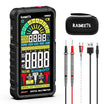
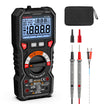
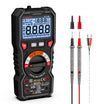

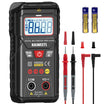
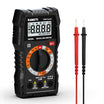
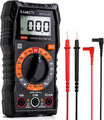
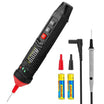
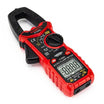
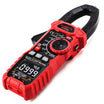
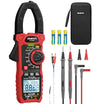
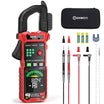

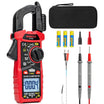

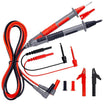
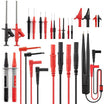

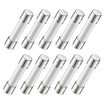
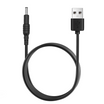
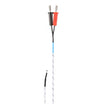
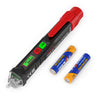
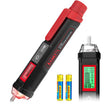


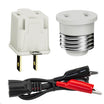
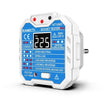
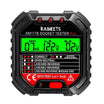
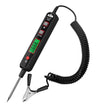
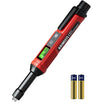

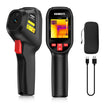
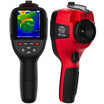
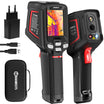
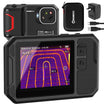
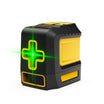
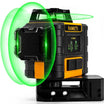


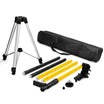
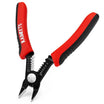
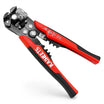
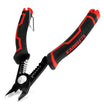
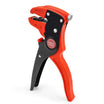
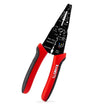

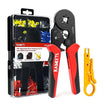



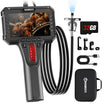
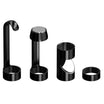
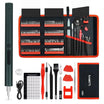
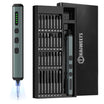


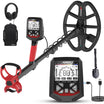
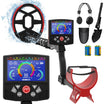
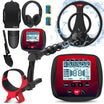

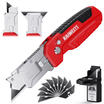

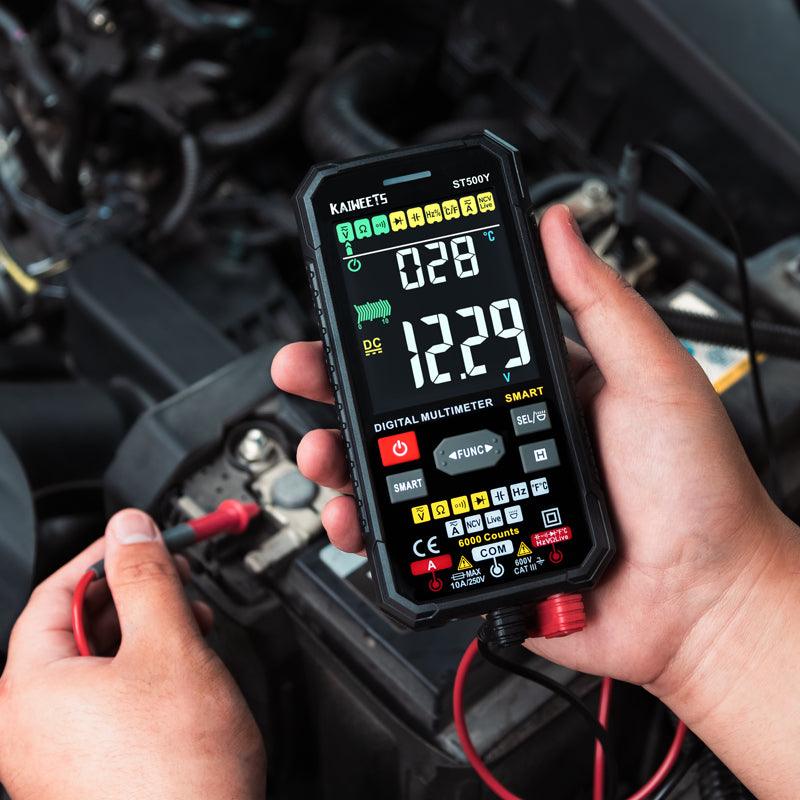

Leave a comment
All comments are moderated before being published.
This site is protected by hCaptcha and the hCaptcha Privacy Policy and Terms of Service apply.